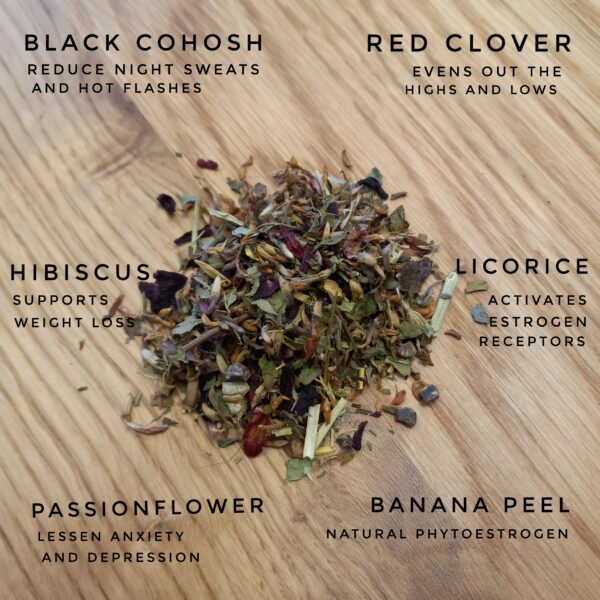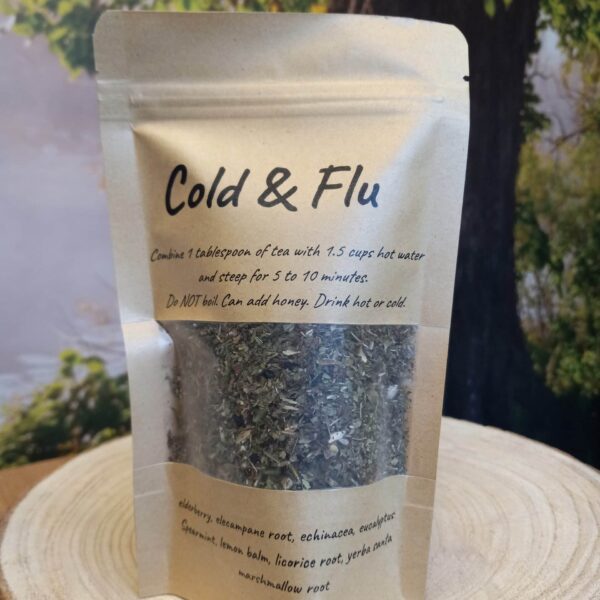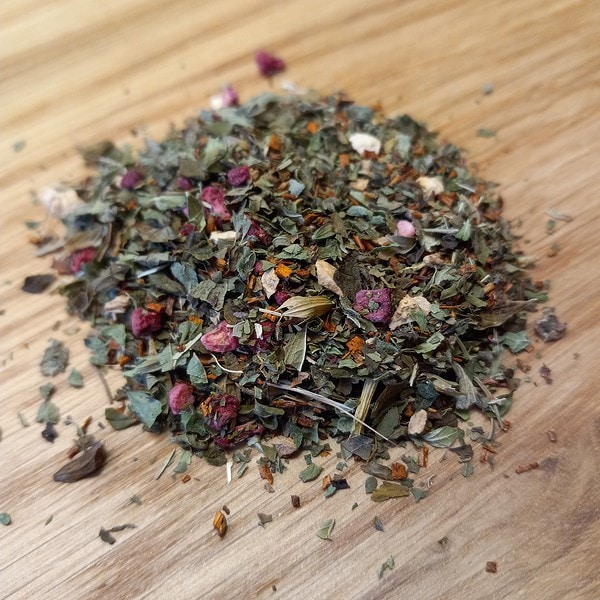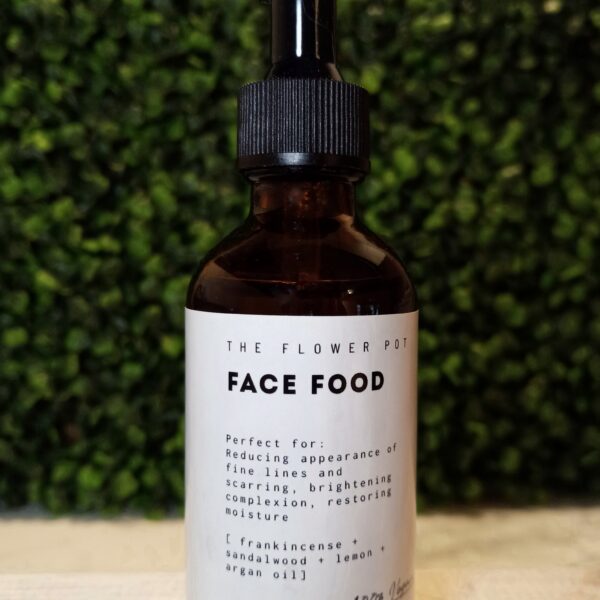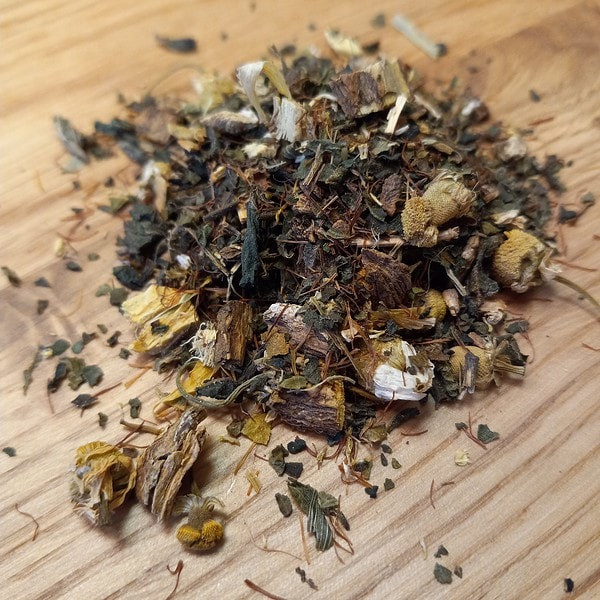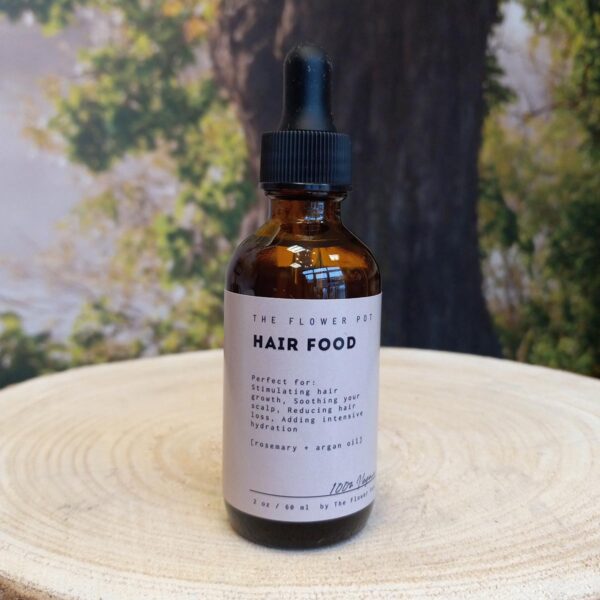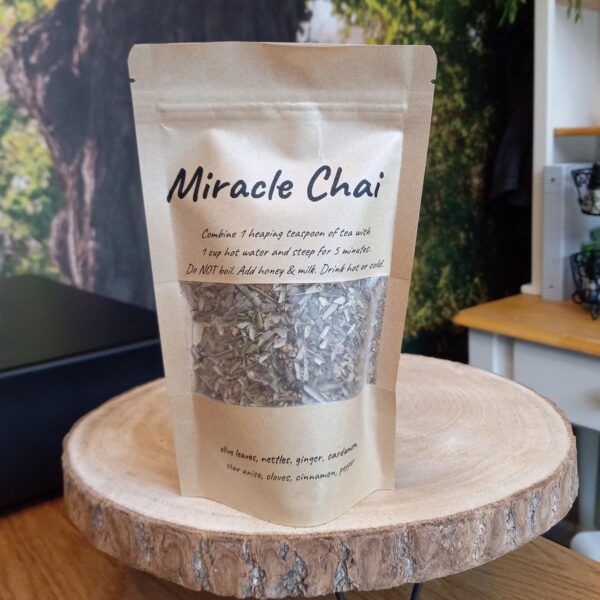Broccoli and kale often steal the spotlight, but cabbage holds its own, especially when it comes to supporting our health.
Growing Cabbage: Where and How
Cabbage is a cool-season crop, a real friend to gardeners in much of the United States. You’ll find it thrives in USDA plant hardiness zones 1 through 9. What does that mean for you? If you live in a colder climate, you’re likely planting it in spring for a summer harvest, or in late summer for a fall crop. In warmer zones, you might even get a winter harvest. It loves full sun and well-drained soil.
Identifying cabbage is pretty straightforward, but there are a few types. You’re generally looking for a dense head of leaves, whether they’re smooth or crinkled.
- Green Cabbage: The most common, with pale to dark green leaves forming a compact ball.
- Red Cabbage: Similar in shape to green, but with striking purple-red leaves.
- Savoy Cabbage: Recognizable by its crinkly, loose leaves, often a more open head than the other two.
- Napa Cabbage: Also known as Chinese cabbage, this one has an elongated shape and lighter green, softer leaves.
Beyond the Kimchi: Cabbage’s Therapeutic Uses
Cabbage isn’t just for coleslaw or sauerkraut; it’s a phenomenal medicinal plant. And it’s highly nutritious, rich in vitamins C and K, offering several health benefits, including improved digestion, reduced inflammation, and heart health support. It may even help lower blood pressure and reduce the risk of certain diseases like colon cancer and type 2 diabetes.
- For nursing mothers grappling with mastitis and painful breasts, a simple cabbage poultice can offer immense relief. Take a badly bruised cabbage leaf – the bruising helps release its beneficial compounds – and apply it directly to the affected breast. It’s surprisingly effective at reducing inflammation and discomfort.
- Got aches and pains? Cabbage can help there too. For wounds, leg ulcers, and even joint pain or arthritis, chop up some fresh cabbage leaves. Gently warm them – you don’t want to cook them, just take the chill off – and then apply them as a poultice to the troubled area. The compounds in cabbage are known for their anti-inflammatory properties, which can make a real difference.
- And for those gut woes, especially intestinal problems, turn to fermented cabbage. Sauerkraut, kimchi – these are your allies. The fermentation process makes the beneficial compounds in cabbage more bioavailable and introduces probiotics that support a healthy gut microbiome. Eating raw cabbage can be a bit tough on some digestive systems, but once it’s fermented, it’s a whole different story. Plus, it has some natural laxative properties, which can be helpful if you’re feeling a bit backed up.
The Red vs. Green
If you’re standing in the produce aisle, faced with a choice between green cabbage and red, my advice: pick red for better health. While both are nutritious, red cabbage boasts a higher concentration of beneficial compounds, particularly anthocyanins, which are the pigments that give it its vibrant color. These same anthocyanins are powerful antioxidants, offering even greater protection against cellular damage and inflammation.
So, next time you’re planning your meals, don’t overlook the humble, yet mighty, cabbage!
Join Our Mailing List!
Sign up and be the first to know about specials, promotions and our latest articles on health and wellness.
Cara Schulz
Cara Schulz, a cancer survivor and green tea lover, has opened The Flower Pot, a holistic wellness shop in Burnsville that offers products ranging from medicinal teas and wellness tonics and herbal tinctures.




